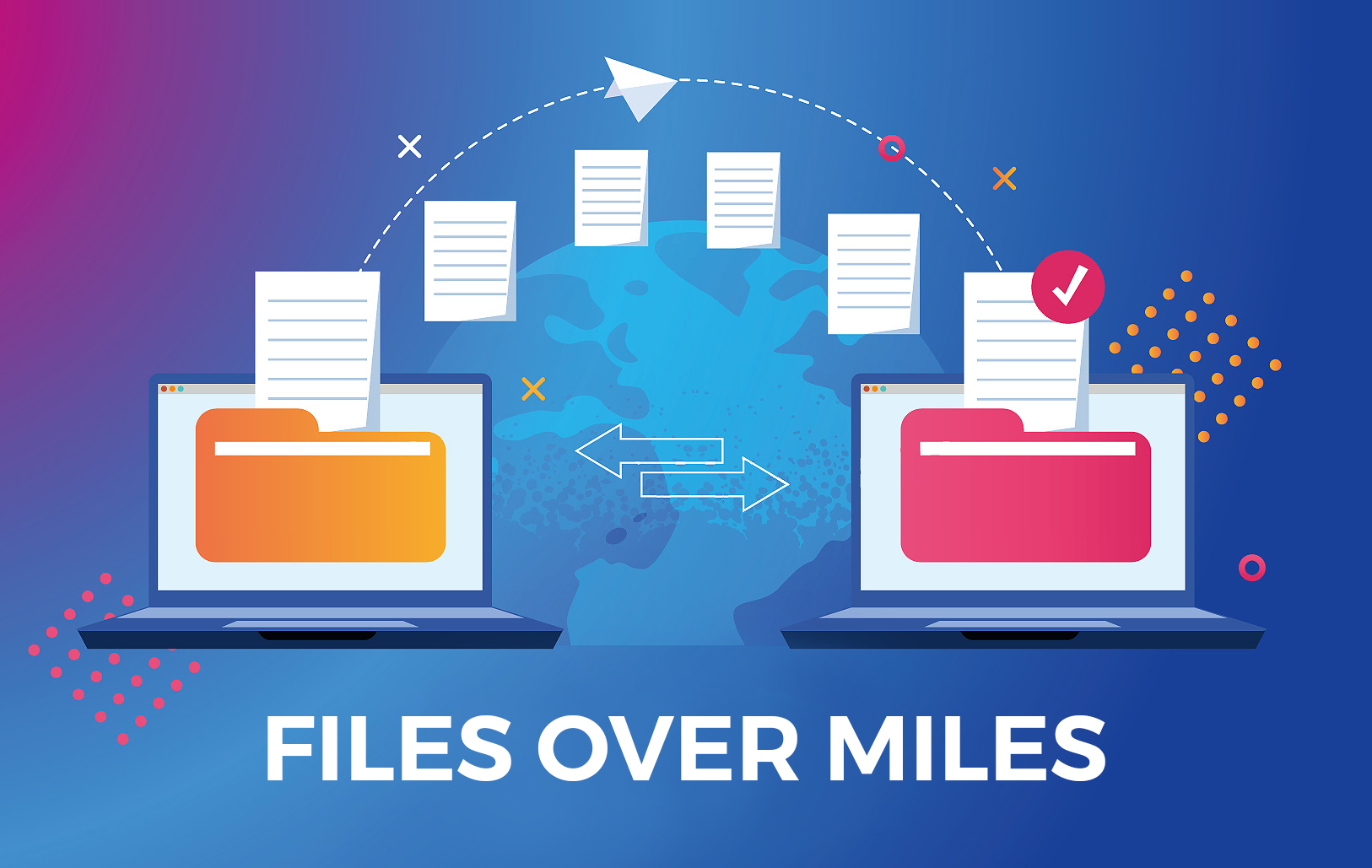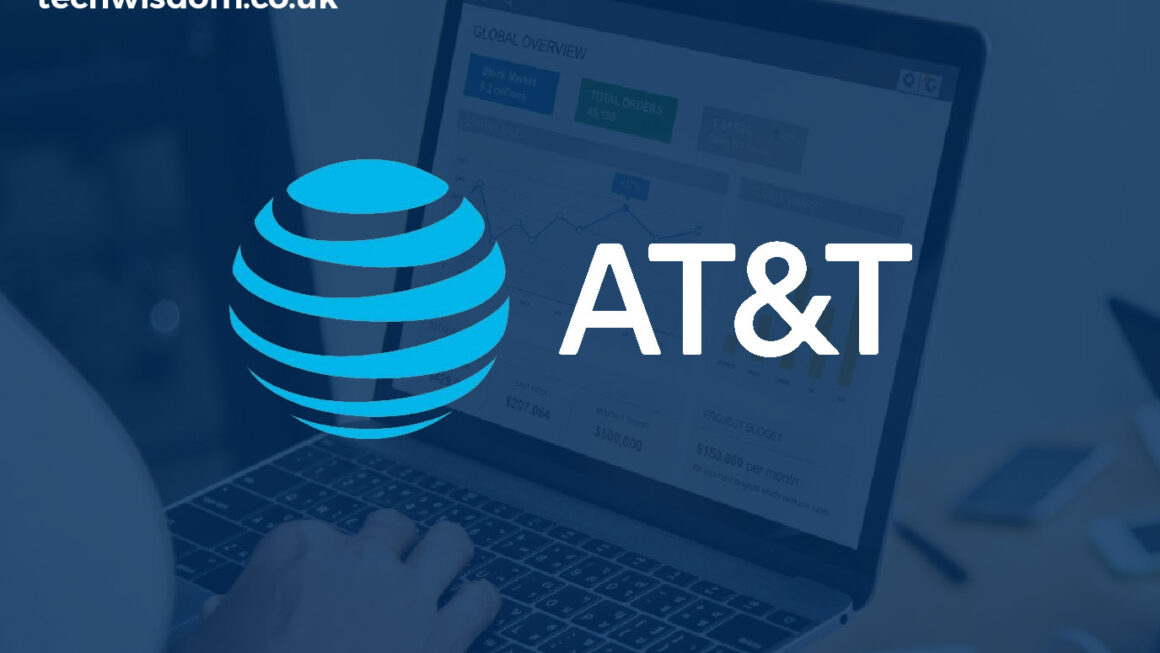In the evolving digital communication and data exchange landscape, the quest for efficient, secure, and user-friendly file-sharing solutions has never been more critical. The closure of “Files Over Miles,” a pioneering service in the realm of peer-to-peer (P2P) file sharing, marked the end of an era and the beginning of a new chapter in pursuing innovative file transfer technologies. This article explores the legacy of Files Over Miles and examines the next generation of P2P file-sharing solutions that have emerged to meet the demands of today’s digital users.
The Legacy of Files Over Miles
Files Over Miles carved a niche by offering a simple, web-based platform that enabled users to share files directly between computers without uploading them to an intermediate server. This approach facilitated quick and hassle-free transfers and provided a layer of privacy and security by ensuring that files were not stored on any third-party servers. Users appreciated the straightforward process:
- Select a file.
- Generate a unique link.
- Please share it with the recipient for direct downloading as long as both parties are online.
Despite its eventual shutdown, the principles and functionality of Files Over Miles continue to influence the development of modern file-sharing services.
The Evolution of P2P File Sharing

Since the discontinuation of Files Over Miles, the digital landscape has witnessed the emergence of many file-sharing services, each bringing new features and improvements to address the limitations of their predecessors. The evolution of P2P file-sharing technology has been characterized by a focus on enhancing user experience, security, and the efficiency of data transfers. Modern solutions now offer larger storage capacities, advanced file synchronization across multiple devices, and robust security measures, including end-to-end encryption to protect data from unauthorized access.
Security and Privacy in Modern File Sharing

In the post-Files Over Miles era, security and privacy have become paramount concerns for users and developers alike. The awareness of potential cyber threats and the importance of data protection have led to the implementation of stringent security protocols in file-sharing applications. Today’s P2P platforms employ sophisticated encryption techniques, such as SSL/TLS and AES, to secure file transfers from prying eyes. Moreover, these solutions often include features for controlling file access, enabling users to set passwords or expiry dates for shared links, thus enhancing the privacy of the data exchange process.
User Experience and Accessibility
Another significant advancement in file sharing is the emphasis on user experience and accessibility. Modern P2P solutions strive to offer intuitive interfaces and seamless integration with various operating systems and devices. This focus on usability ensures that users can easily navigate these platforms to share and access files regardless of their technical proficiency. Additionally, the rise of mobile computing has prompted developers to create mobile-friendly applications, allowing users to share files on the go, further expanding the accessibility and convenience of P2P file sharing.
Emerging Technologies and the Future of File Sharing
Looking ahead, the future of P2P file sharing is intertwined with the development of emerging technologies such as blockchain and decentralized web protocols. These innovations further decentralize file sharing, removing the need for centralized servers and potentially offering even greater security and privacy. Blockchain could enable transparent, tamper-proof systems for tracking file transfers and ownership. At the same time, decentralized web technologies might facilitate direct, peer-to-peer connections in a more robust and scalable manner.
The legacy of Files Over Miles is a testament to the enduring appeal and necessity of efficient, secure, and user-friendly file-sharing solutions. As we progress, the next generation of P2P file-sharing technologies continues to evolve, shaped by the demands of digital communication and the endless pursuit of innovation. With enhanced security measures, improved user experiences, and the integration of cutting-edge technologies, these modern platforms are set to redefine the way we share and access information in the digital age.
The Role of Artificial Intelligence in File Sharing

Integrating Artificial Intelligence (AI) into file-sharing platforms represents a significant leap forward. AI can streamline the file-sharing process, offering intelligent recommendations for users based on their sharing habits and preferences. For instance, AI algorithms can automatically categorize files, predict which documents a user might want to share next, and even suggest optimal times based on recipient availability. This level of personalization and efficiency enhances the user experience and contributes to the overall productivity of digital workflows.
Enhancing Speed and Efficiency
One of the most sought-after improvements in file-sharing solutions is the enhancement of speed and efficiency. The need for faster transfer speeds becomes paramount as file sizes grow, driven by high-definition multimedia content and complex software applications. Next-generation P2P technologies leverage advanced compression algorithms and more efficient data routing protocols to minimize transfer times and bandwidth consumption. These improvements are crucial for businesses and individuals who rely on swift data exchange to maintain productivity and meet deadlines.
Sustainability in File Sharing
The environmental impact of digital technologies is a growing concern, and sustainability is becoming a key consideration in developing file-sharing solutions. Energy-efficient data centres, optimized network routing to reduce energy consumption, and using renewable energy sources are among the strategies employed to minimize the carbon footprint of digital file sharing. Furthermore, developers focus on creating leaner, more efficient software that requires less computational power, contributing to the broader efforts to combat climate change.
Collaborative Features and Integration
Modern file-sharing solutions increasingly incorporate collaborative features to facilitate teamwork and project management. Real-time editing, version control, and seamless integration with productivity tools are becoming standard functionalities. These features enable teams to work together more effectively, regardless of physical location, by providing a centralized platform for storing, sharing, and editing documents. The integration with communication tools, such as instant messaging and video conferencing, further enhances the collaborative experience, making it more dynamic and interactive.
Addressing the Challenges of Scalability
As the volume of shared and stored data continues to explode, scalability has emerged as a critical challenge for P2P file-sharing platforms. The next generation of solutions addresses this issue through cloud technologies and distributed architectures, which allow for the dynamic allocation of resources based on demand. This approach ensures the platforms can handle large volumes of data and high numbers of users and maintain high performance and reliability.
Conclusion: A Vision for the Future
The landscape of P2P file sharing is undergoing a profound transformation, driven by technological advancements and changing user expectations. As we build on the legacy of Files Over Miles, the focus remains on creating secure, efficient, and user-friendly solutions that are also sustainable and adaptable to future challenges. With the ongoing integration of AI, the emphasis on collaborative features, and the commitment to sustainability, the next generation of file-sharing platforms is poised to offer unprecedented capabilities. As these technologies continue to evolve, they will undoubtedly play a pivotal role in shaping the future of digital communication and collaboration, making the exchange of information more seamless and impactful than ever before.













